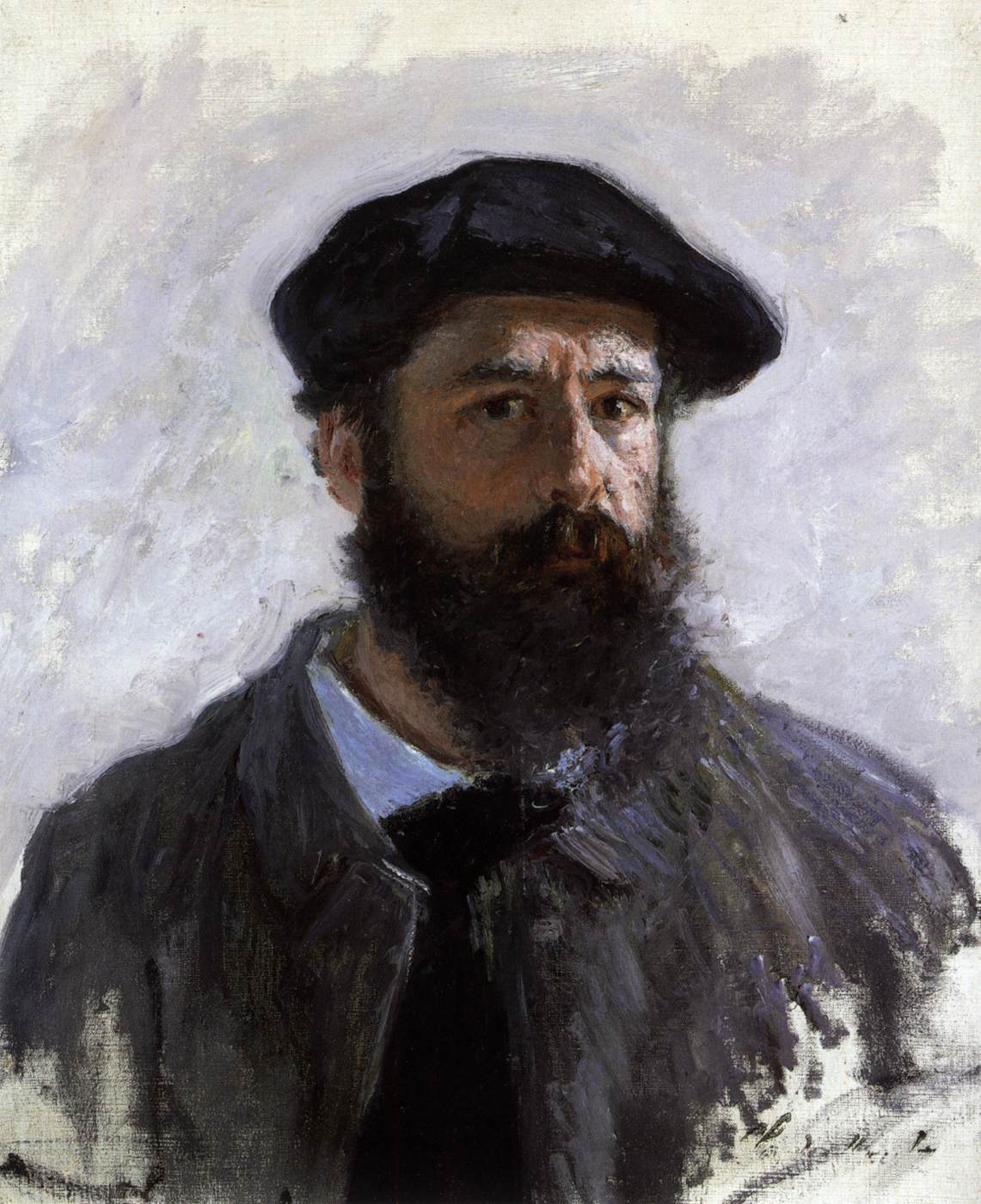Description
Claude Monet's painting Self-Portrait in Beret is a fascinating work that showcases the artist's talent for capturing the essence of a moment and capturing it on canvas. This work is a self-portrait that Monet painted in 1886, when he was 46 years old. The painting has a size of 56 x 46 cm and is currently in the collection of the Musée d'Orsay in Paris.
The first thing that strikes you about this work is Monet's artistic style. The artist was one of the main exponents of impressionism, a movement that was characterized by its interest in capturing the light and color of nature. In this self-portrait, Monet uses loose, rapid brushstrokes to create an image that appears to be in constant motion. Monet's technique is impressive, and it can be seen in the way he has managed to create an image that seems to be in constant flux.
The composition of the painting is also interesting. Monet portrays himself in half length, with his head tilted slightly to the right. The artist wears a black velvet jacket and a red beret, which gives a touch of color to the work. Behind him, a dark background can be seen that contrasts with the bright tones of Monet's clothing and skin.
Color is another important aspect of this work. Monet uses a bright and vibrant color palette to create an image full of life and energy. The red and green tones of the beret and jacket contrast with the darker tones of the background and create a sense of depth in the painting.
The history of the painting is also interesting. Monet painted this self-portrait at a time when he was going through a personal and artistic crisis. He had lost his wife and son, and was struggling to find inspiration for his work. This work reflects the introspection and melancholy he felt at that time.
In short, Claude Monet's Self-Portrait in Beret is a fascinating work that shows the artist's ability to capture the essence of a moment and capture it on canvas. Monet's impressionist technique, composition, color and the story behind the work make it a unique and valuable piece in the history of art.

